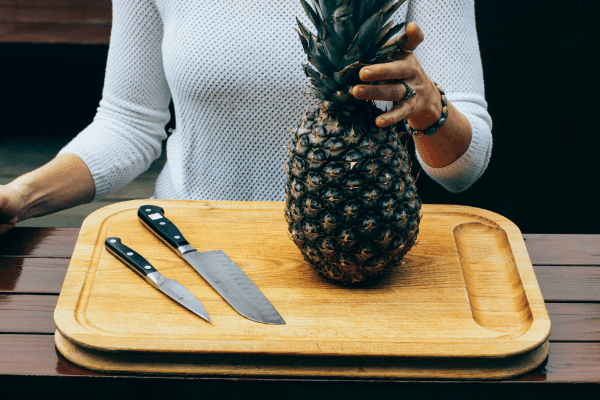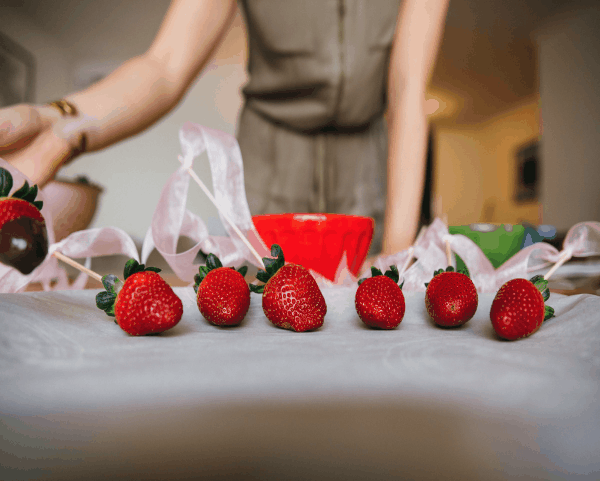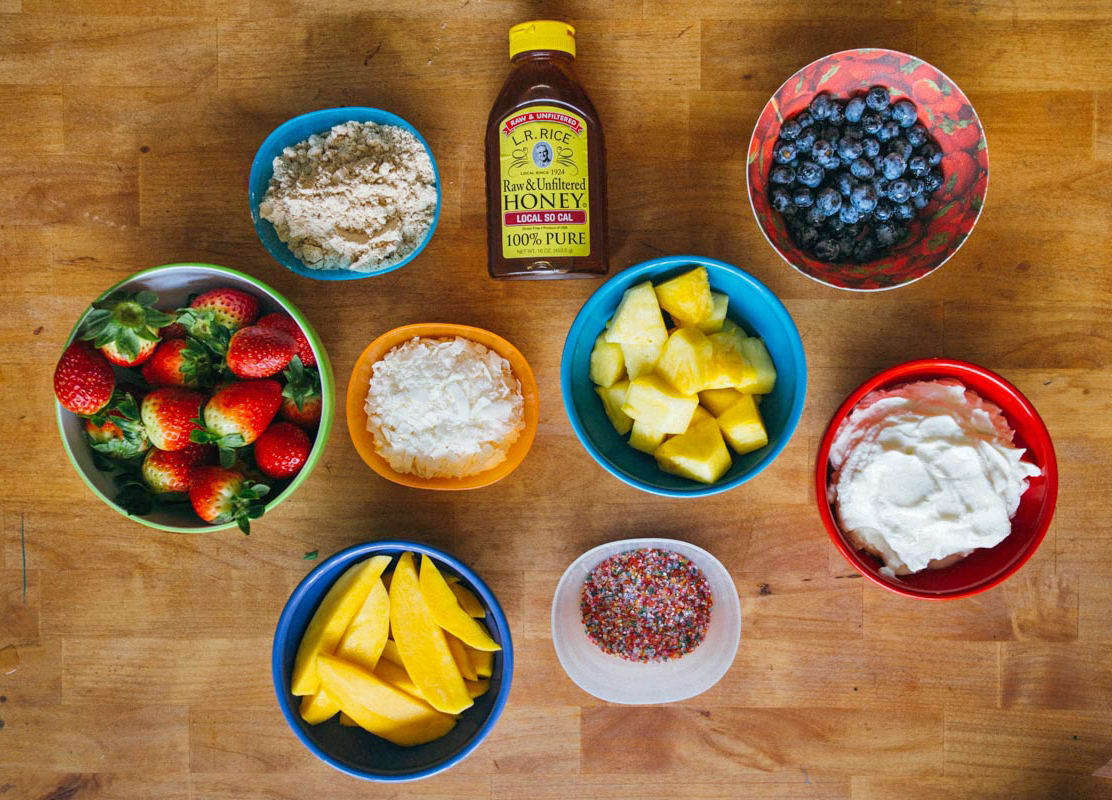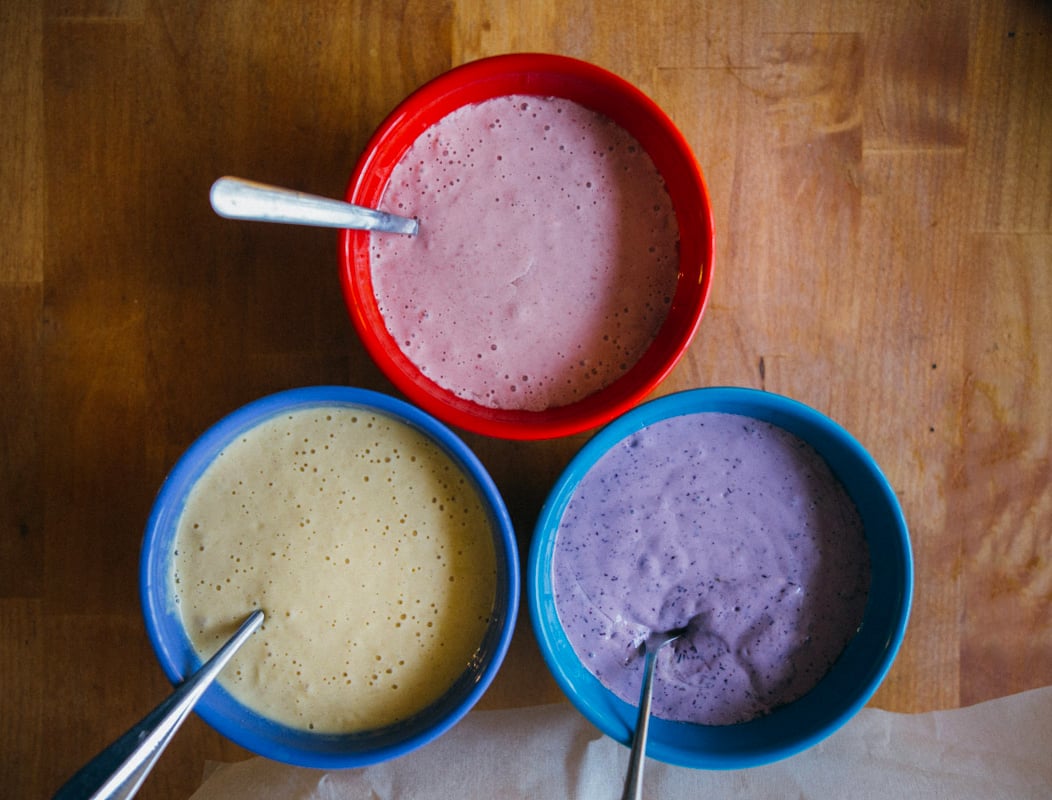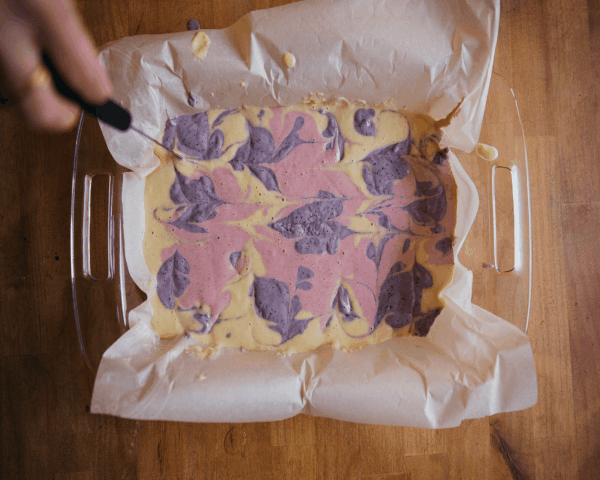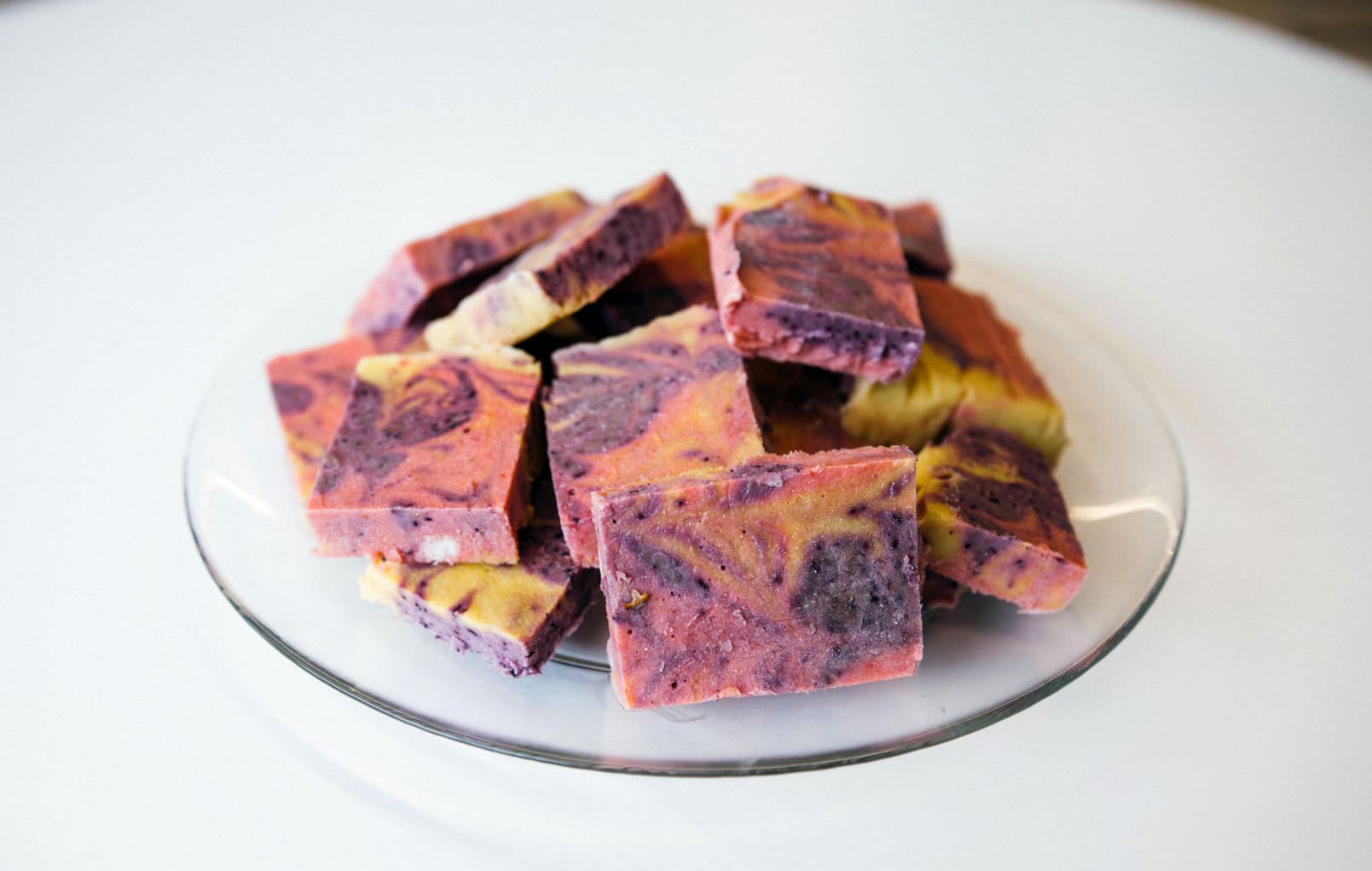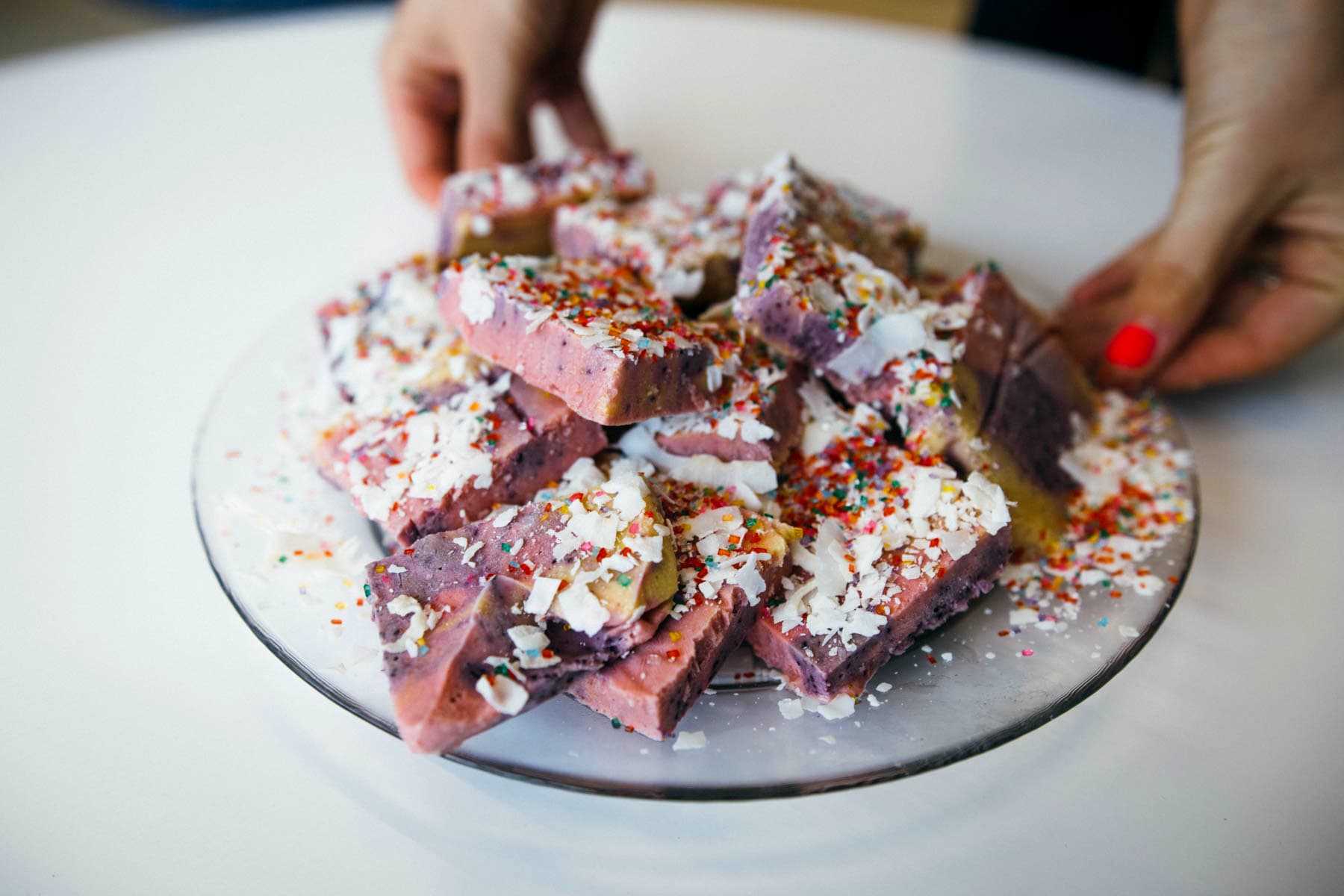Sometimes it’s hard to see the sunshine through the clouds when you are going through hormonal breakouts. It can be a source of anxiety, is especially true if you’re a woman with a hormonal imbalance.
.
It could be PMS-related breakouts, hypothyroidism, fertility treatments, pregnancy our hormones can wreak havoc on our skin.
.
No need to fret! Mother Nature provides us with everything we need to be glowing, inside and out. When combined with a healthy diet, exercise plan and a positive attitude toward stress, the following seven superfoods can help create the glowing skin and balanced hormones you’ve always wanted.
.

1. Berries
.
Berries of all types — blueberries, strawberries, raspberries, etc. — are fantastic for glowing skin and balanced hormones. Since they contain high levels of antioxidants, they’re packed with free radical-fighters that will fight aging on the skin and internally. The amazing thing about berries is that they are low in low-sugar, high-fiber fruit, making them perfect for balancing blood sugar and therefore, our hormones and PMS-type symptoms.
.
2. Turmeric
.
This supreme superfood is an ancient root that is getting a lot of publicity as of late. but rightly so, Turmeric root has been used in Chinese Medicine for centenaries! Not only does is reduce pain and fight cancer, this wonder spice is fantastic for our skin. It also is amazing at reducing inflammation in the body.
.
It’s easy to use topically: just mix it with yogurt, milk, water or honey for a DIY mask. Of try it internally to combat oxidative stress that can lead to PMS and problem skin.
.
3. Walnuts
.
My favorite nut! Walnuts are often thought of as a brain food in Chinese medicine (it actually even looks like a tiny brain) but their high omega-3 content also makes them a wonderful addition to any glowing skin diet. Omega-3 fatty acids have been shown to balance the depression, anxiety and mood swings associated with hormonal imbalances. These healthy fats also reduce inflammation and balance insulin, a leading cause of acne in women.
.
4. Liver
.
i know… Don’t run away! Although many of us dislike (or downright hate) eating liver, there are still ways for you to get this powerful superfood. If this is a route you’d like to go I’d highly recommend sourcing out grassfed, locally raised sources. Liver is full of fat-soluble and skin-glowing Vitamins A and D, as well as minerals like iron, calcium, magnesium and zinc. Zinc is an essential nutrient for both hormones and skin with its immune modulating effects.
.
Try mixing ground liver into meat sauce or taking desiccated liver tablets if you don’t want to eat this organ meat.
.
5. Oats
.
An amazing breakfast and so yummy as overnight oats! They are high in fiber and full of silicon, oats are a no-brainer addition to the skin-brightening diet. Silicon is a trace mineral that promotes firmness and strength in body tissues, while also helping skin retain elasticity, slowing the signs of aging.
.
6. Avocado
.
Avocados are full of healthy fats that help stabilize blood sugar and can be added to so many things if you don’t enjoy the taste. Packed with skin-calming minerals like potassium, magnesium and calcium, avocados are also a potent source of antioxidants that help your body squash free radicals. More good news for women with estrogen dominance or related conditions like PCOS, endometriosis and fibroids. This powerhouse contains a plant sterol with anti-estrogen properties, making it an important part of a hormone-balancing diet.
.
I highly recommend chocolate avocado pudding! Comment below if you want a recipe! It’ll literally blow your mind!
.
7. Broccoli
.
Broccoli is a member of the delicious and extremely nutritious cruciferous vegetable family, which is originally from Italy (fun fact). It’s full of blood sugar-balancing fiber plus anti-aging Vitamins C and A, and contains estrogen-balancing molecules sulforaphane and DIM. Both of these have proved to be helpful balance hormones as well as diffusing hormone-related skin conditions like acne.
.
There are a few more worth mentioning:
.
Lemons
Sweet Potatoes
Beets
Raw, unpasteurized sauerkraut
Cacao
Green Tea
Kale and other leafy greens
Sardines
Water
.
The basis of any good way of eating, whether for the health of your skin or not, is whole, real foods and clean water. Regularly adding these foods to your diet will have a big impact on your skin and hormones over time!










